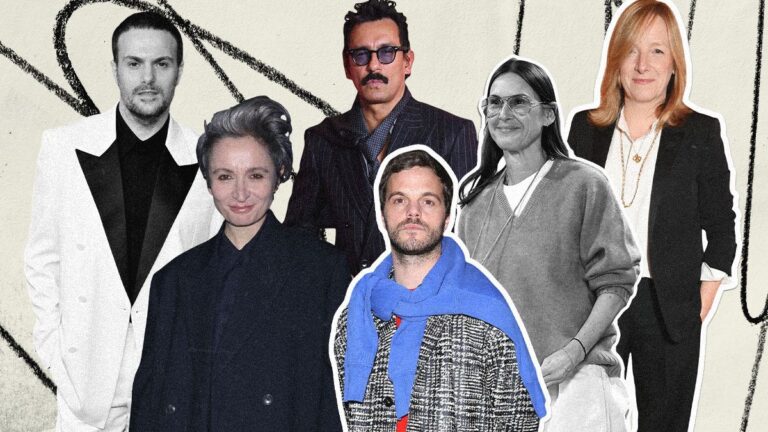Fashion’s current cacophony of creative correction has reached this fever pitch as a strategy to galvanise sales during a period of wider economic malaise and global uncertainty. But is “newness” per se really such a hot metric during a slowdown? Luxury is an industry predicated on decadence, a core value, which, however rationalised, already sits uneasily in a moment of broader insecurity.
The luxury companies that have negotiated 2024 best are among the most stable in terms of brand identity, ethos and offer: these include Hermès, Brunello Cucinelli and Prada Group. As the founder of one independent fashion house told me last month: “It’s hard, a challenging moment, because everything is on us. But also, we can do what we know we need to do with all our experience and understanding of who we are.” Younger, fast-growing independent brands such as Jacquemus and Amiri are similarly closely anchored to a distinct and defined sense of identity.
Chanel appears on course to be added to this list of the most resilient, and yet it is also reacting to broader market conditions in a way that suggests it is by no means immune to them. Near the dawn of the last great luxury slowdown in December 2008, the company cut 200 jobs in Paris in what was seen then as an “ominous sign” for the industry more broadly. Similarly ominously, last month it cut 70 roles in the US, around 2.5 per cent of its workforce there, in order, it said, to “better adapt to the current economic challenges”.
Since that last slowdown began speeding up again at the dawn of the 2010s, the luxury industry has exploded, its growth fuelled by the emerging Chinese middle classes, the broadening of the industry’s reach and category offer globally, and, more recently, the rapid beyond-inflation price rises applied by houses to consumers who never seemed to become put off purchasing… until they were. Posting on LinkedIn as he departed LVMH before moving to Jil Sander this week, former Fendi CEO Serge Brunschwig observed: “The main enemy of every brand and every manager is success. Managing crisis is basic, managing success, ego, hubris…” Especially when the conditions for that success so suddenly evaporate.
The ultimate failure of De Sarno’s “commercial” collections to catalyse recovery at Gucci suggests that changing creative directors is in itself not enough to revive commercial performance when the market is so limp. Meanwhile, the relative success of houses that have stayed unswervingly true to their core identities, and which are staffed and run by people who are deeply embedded in those brands’ cultures, further underlines that change for change’s sake is a high-risk strategy in the current climate. So where will creative correction work in 2025? Buckle up: we are about to find out.
Comments, questions or feedback? Email us at feedback@voguebusiness.com.
More from this author:
Serge Brunschwig named CEO of Jil Sander and chief strategy officer of OTB Group
The top 10 most-viewed AW25 menswear shows on Vogue Runway
Glenn Martens is named Maison Margiela creative director


